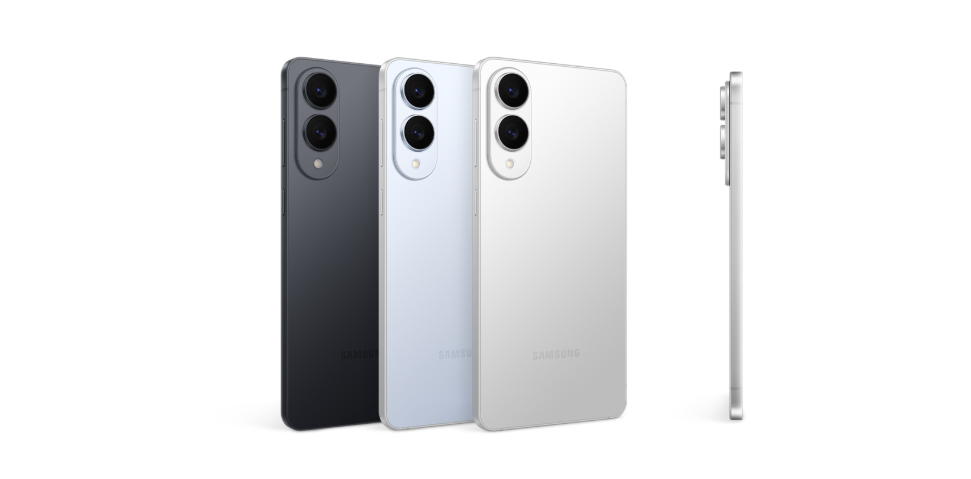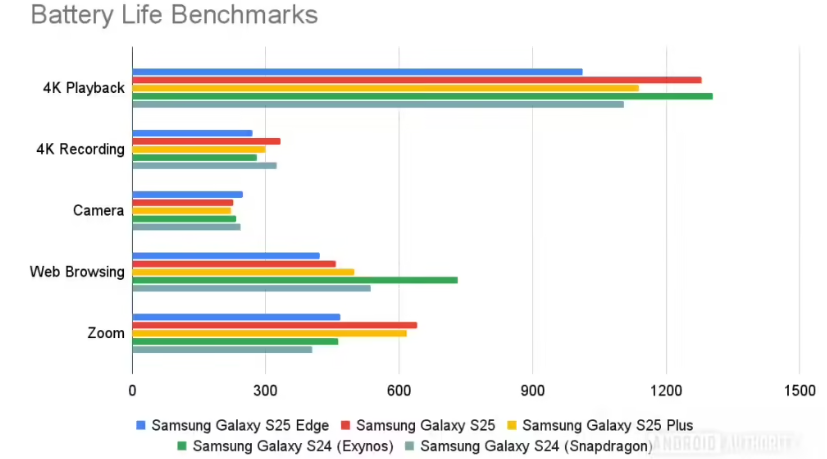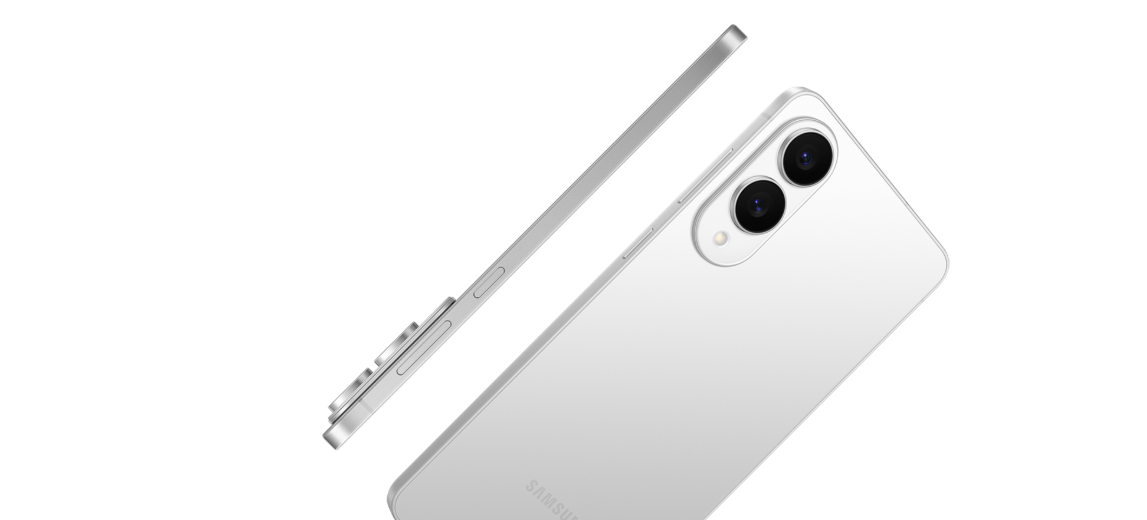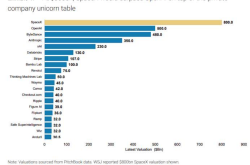The Cost of Ultra-Thin Design: Samsung S25 Edge's Disappointing Battery Life Unveiled!
![]() 05/26 2025
05/26 2025
![]() 706
706
As I've previously mentioned, the design of smartphones today oscillates between thick and thin, a cycle driven by the need to maintain product appeal amidst slowing innovation. For users, this seems to be an alluring trend. Samsung has taken the lead with the recently launched S25 Edge, and coupled with the anticipated release of the iPhone 17 Air in September, it's foreseeable that ultra-thinness will become a new design trend in the mobile phone industry. However, while ultra-thinness enhances hand feel and aesthetics, it comes at a significant cost, most notably in battery life.
New design products invariably pique the curiosity of third-party testers. With the launch of the S25 Edge, everyone wanted to know how much its ultra-thin design impacts battery life. Third-party testing was inevitable. The tested models were the S25 Edge and the S25 standard version, both with similar battery capacities of 3900mAh and 4000mAh, respectively. Initially, it was assumed their battery life would be comparable, but the actual difference was surprisingly large.

According to the test results, the S25 Edge performed significantly worse than the S25 in all battery life-related tests. As shown in the table, during video recording and continuous playback, the S25 Edge lasted almost 20% less, and its continuous call duration was nearly 30% shorter. In most cases, it even underperformed the S24. Theoretically, with a battery capacity difference of only 100mAh, the S25 Edge's battery life shouldn't have such a large gap. However, the results speak for themselves, prompting everyone to explore the underlying reasons.
My personal hypothesis is that the S25 Edge's extreme thinness and lightweight design limit its internal space, affecting heat dissipation. Coupled with the high power consumption of the top-tier chip and the use of a 2K screen, almost all factors that accelerate battery consumption are present in the S25 Edge. Furthermore, the relevant tests did not include gaming, which would likely have further decreased battery life.

The poor battery life of the Samsung S25 Edge also suggests that if other manufacturers follow suit with ultra-thin models, they will inevitably sacrifice battery life as well. A major concern is Apple, as the upcoming iPhone 17 Air, set to release in September, is rumored to have a battery capacity of only 2800mAh. With these specifications, regardless of Apple's methods to ensure battery life, its performance will undoubtedly be inferior to the S25 Edge. For heavy users, charging twice a day will become the norm, and as battery health declines, even three charges a day may be necessary.
Moreover, the trade-offs of thinness extend beyond battery life; imaging capabilities also suffer. For instance, the S25 Edge features only a dual rear camera, and the iPhone 17 Air is rumored to have a single rear camera.

In conclusion, with faster heating, reduced battery life, and compromised imaging, how many of you are willing to bear the costs of such thinness?






